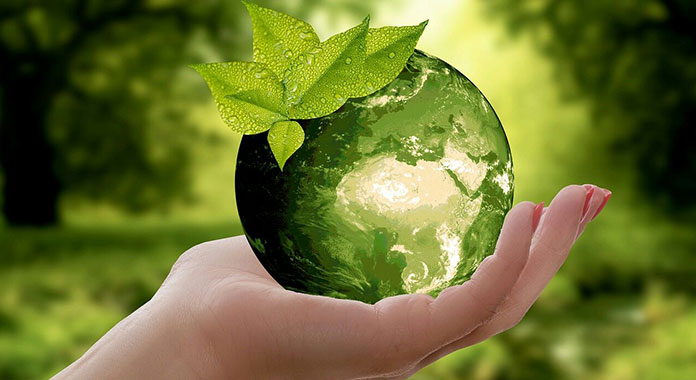Sustainable economic growth means maintaining growth without creating economic problems or complications. It’s the practise of supporting long-term economic growth without depleting resources. If you’re interested in the factors that affect sustainable development and economic growth, it may be helpful to understand what it is and why it matters. In this article, we define ‘What is sustainable economic growth’, its objectives and its impact on living standards and the environment.
The answer to ‘What is sustainable economic growth?’ is that it’s economic development that aims to meet the population’s needs whilst protecting natural resources and the environment. It involves monitoring and managing these resources to ensure they remain accessible to future generations. It means maintaining an economic growth rate that doesn’t generate price pressures, doesn’t deplete resources and doesn’t significantly damage the environment.
Economic growth is when the gross domestic product (GDP) increases over a period of time. Sustainable growth means maintaining the growth rate without causing other economic problems. Rapid growth may deplete resources, create environmental problems and contribute to global warming.

Why is sustainability important for economic growth?
Sustainable development practices help to protect natural resources. The economy relies heavily on trade, much of which depends on natural resources to produce goods or provide services. This includes water, waste, energy and food. Sustainable growth depends on green growth, sustainable development and renewable energy strategies.
Green Growth
While green growth doesn’t replace sustainable development, it supports more sustainable growth. Green growth strategies aim to ensure natural resources can sustainably realize their economic potential. These strategies include:
- Productivity incentives: Encourage greater efficiencies in the use of natural resources, waste reduction and energy consumption.
- Boost investment: Increase investor confidence by more accurately predicting how governments deal with major environmental issues.
- New markets: Stimulate demand for green goods and services in new markets.
- Green taxes: Increase revenue by raising green taxes and eliminating environmentally harmful subsidies.
- Reduce risks: Develop strategies to prevent environmental damage.
- Improve infrastructure: Introduce technologies to increase efficiencies in the infrastructure that deliver water and energy and transports goods to communities.
Sustainable development
There are ongoing debates about whether sustainable development policies create jobs, reduce poverty or bankrupt businesses once they enforce the policies. It’s possible to separate environmental issues into two categories. Protection, which includes protecting land and water resources, and regulation, which includes prohibiting deforestation and regulating toxic and hazardous waste disposal. There are three core areas of sustainable development:
- Environmental: Previously regarded as the main reason for sustainability, environmental issues are now integrated into the corporate world.
- Economic: This can combine sustainable practices, technology and revenue-earning activities.
- Social: This focuses on health, education and quality of life.



